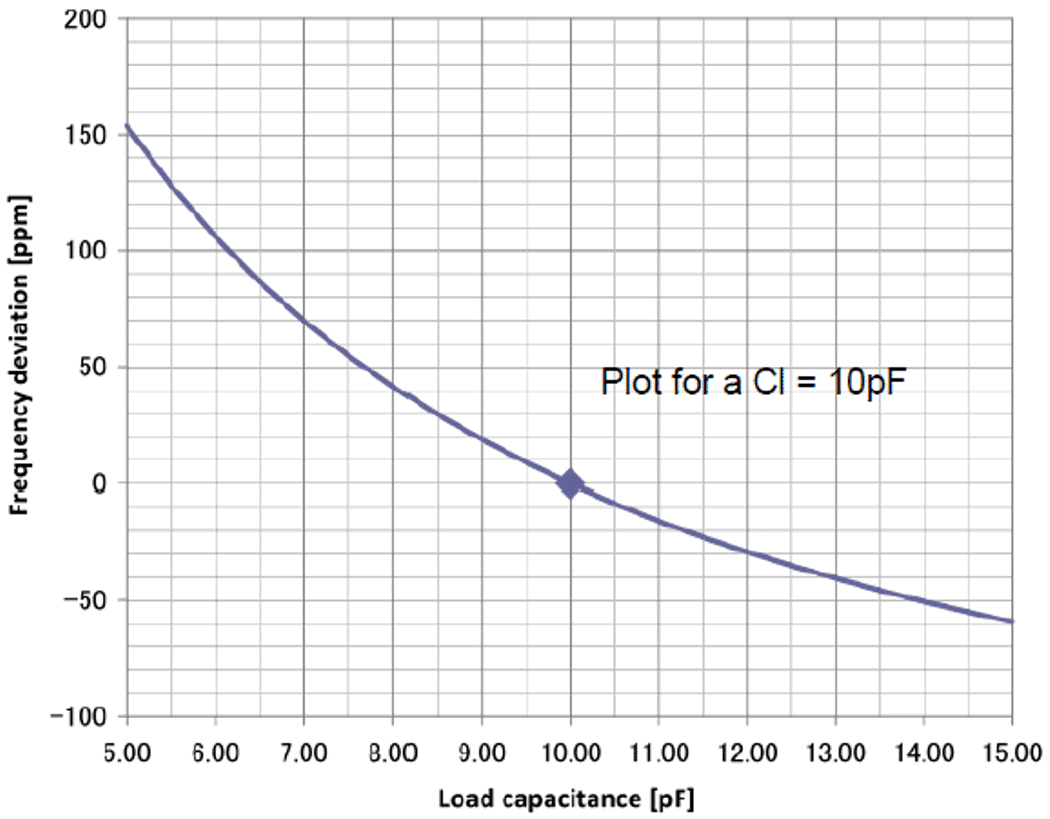SWRA680 November 2020 CC3100 , CC3120 , CC3135 , CC3200 , CC3220R , CC3220S , CC3220SF , CC3235S , CC3235SF
3.3 Crystal Tuning With CL
To achieve the specified frequency from a crystal, the net capacitance load should exactly match the specified load capacitance, CL, of the crystal. If the crystal specifies CL = 8 pF, then each capacitor on the crystal pin would be 16 pF (equal to 2 x 8 pF) as the capacitors would be in series. Out of this 16 pF, account for 2 to 3 pF for the board parasitic. Then, the CC31xx/CC32xx device input has 5 to 6 pF per pin. This calls for a total added capacitor of 7-9 pF on each pin. Fine tune the CL based on the transmitted (TX) output frequency.
For example when using the recommended crystal “Q24FA20H00396”, with specified CL of 8 pF, it would resonate at 40 Mhz accurately only when the net capacitance between the “XI Pin” and “XO Pin” pins is accurately 8 pF.
Keep in mind that the capacitance moves away from 8 pF in temperature changes, thus the frequency error will also change. A typical plot indicating the ppm error with variation in CL is shown in Figure 3-2.
 Figure 3-2 Frequency Error vs. Load
Capacitance
Figure 3-2 Frequency Error vs. Load
Capacitance